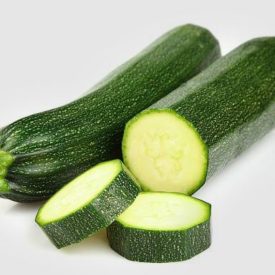
Longan, the juicy white edible fruit of the tropical longan tree, is also sometimes referred to as “dragon eye” and is comparable to a grape. Like the lychee, it’s part of the soapberry family, though it’s flavor has a drier sweetness and is typically a little less messy with it’s juiciness than the lychee. It’s earliest known existence dates back to the Han Dynasty in China, around 200 B.C.
Longans is a rich source of Vitamin C, Vitamin A and anti-oxidants. It also provides the minerals iron, phosphorus, magnesium and potassium.
Apart from being eaten fresh and raw, longan fruit is also often used in Asian soups, snacks, desserts, and sweet-and-sour foods, either fresh or dried, and sometimes preserved and canned in syrup. In Chinese food therapy and herbal medicine, it is believed to have an effect on relaxation.[12] When fresh, the flesh of the fruit is juicy and white, but when dried the flesh appears dark brown to almost black.
Preparation
Peel the skin and eat the white flesh around the seed.The seed and the shell are not consumed. When the shell is dried, it’s easy to squeeze the fruit out in a manner similar to cracking a sunflower seed. Longons keep well, offering perhaps better-than-fresh quality after a few weeks of storage.
Farms that grow Longan
Kamaaina Farms
What else is in the bag?
Punalu’u Ahupua’a Farms members check here for this week’s bag items.
Try out these recipes!









